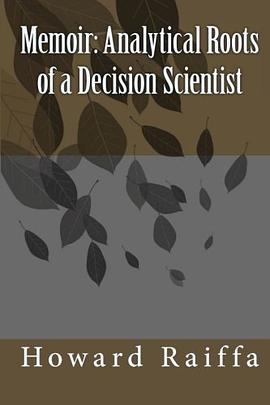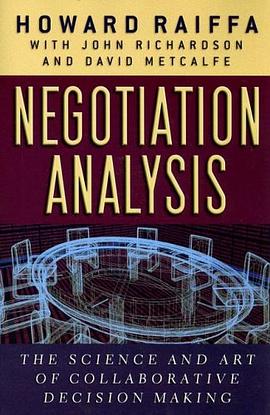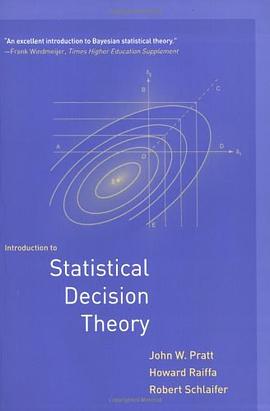Howard_Raiffa
Negotiation Analysis 豆瓣
作者:
Howard Raiffa
Belknap Press
2007
- 3
This masterly book substantially extends Howard Raiffa's earlier classic, "The Art and Science of Negotiation." It does so by incorporating three additional supporting strands of inquiry: individual decision analysis, judgmental decision making, and game theory. Each strand is introduced and used in analyzing negotiations. The book starts by considering how analytically minded parties can generate joint gains and distribute them equitably by negotiating with full, open, truthful exchanges. The book then examines models that disengage step by step from that ideal. It also shows how a neutral outsider (intervenor) can help all negotiators by providing joint, neutral analysis of their problem. Although analytical in its approach--building from simple hypothetical examples--the book can be understood by those with only a high school background in mathematics. It therefore will have a broad relevance for both the theory and practice of negotiation analysis as it is applied to disputes that range from those between family members, business partners, and business competitors to those involving labor and management, environmentalists and developers, and nations.
Introduction to Statistical Decision Theory 豆瓣
作者:
John Pratt
/
Howard Raiffa
…
The MIT Press
2008
- 1
The Bayesian revolution in statistics - where statistics is integrated with decision making in areas such as management, public policy, engineering, and clinical medicine - is here to stay. Introduction to Statistical Decision Theory states the case and in a self-contained, comprehensive way shows how the approach is operational and relevant for real-world decision making under uncertainty.Starting with an extensive account of the foundations of decision theory, the authors develop the intertwining concepts of subjective probability and utility. They then systematically and comprehensively examine the Bernoulli, Poisson, and Normal (univariate and multivariate) data generating processes. For each process they consider how prior judgments about the uncertain parameters of the process are modified given the results of statistical sampling, and they investigate typical decision problems in which the main sources of uncertainty are the population parameters. They also discuss the value of sampling information and optimal sample sizes given sampling costs and the economics of the terminal decision problems.Unlike most introductory texts in statistics, Introduction to Statistical Decision Theory integrates statistical inference with decision making and discusses real-world actions involving economic payoffs and risks. After developing the rationale and demonstrating the power and relevance of the subjective, decision approach, the text also examines and critiques the limitations of the objective, classical approach.


